The US National Aeronautics and Space Administration (NASA) nearly issued a warning after it predicted that an asteroid the size of a football pitch would zoom past Earth on Friday (February 2).
The asteroid in question, named 2008 OS7, has been classified as potentially hazardous and is expected to come within 1.7 million miles of Earth – about seven times further out than the Moon – at a speed of around 11 miles per second, theTelegraphreported.
2008 OS7 has been identified as being potentially hazardous because it comes reasonably close to our planet and could, therefore, cause significant damage in the event of an impact.
NASA nearly issued a warning after it predicted that an asteroid the size of a football pitch would zoom past Earth on Friday (February 2)
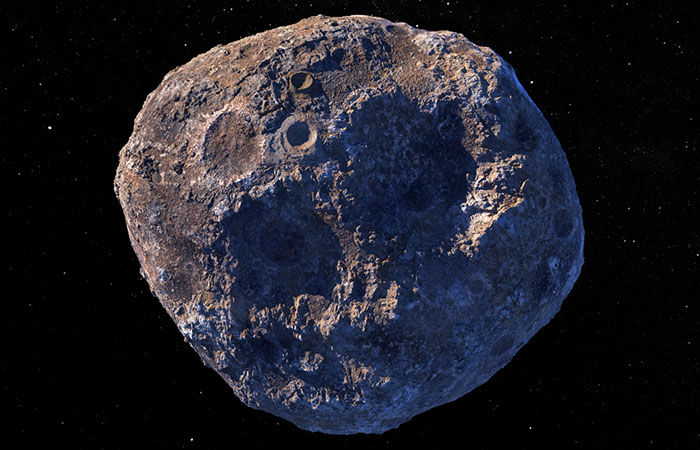
Image credits:NASA/JPL-Caltech/ASU
The vast distance is close. In fact, it’s close enough for the asteroid to have been put on NASA’s watch to attentively monitor its approach, scheduled for 2.41 pm GMT (the local time in the UK) on Friday.
Dr. Minjae Kim, a research fellow in the University of Warwick’s physics department, said: “We don’t need to worry about it too much, as this asteroid will not enter Earth’s atmosphere, while it will still approach close to the Earth.
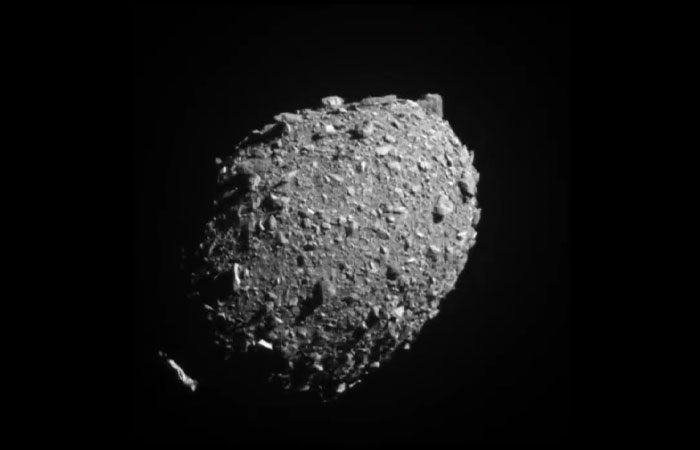
Image credits:AsteroidWatch
“There are millions of asteroids in our solar system, of which around 2,350 asteroids have been classified as potentially hazardous.
“One of the most intriguing aspects of the 2008 OS7 is its estimated diameter based on its luminosity and reflective properties, which ranges from 725ft to 1,622ft.”
“This places it in the category of a small to moderately sized asteroid, roughly equivalent to the size of a football field.”
The asteroid in question, named 2008 OS7, has been classified as potentially hazardous and is expected to come within 1.7 million miles of Earth
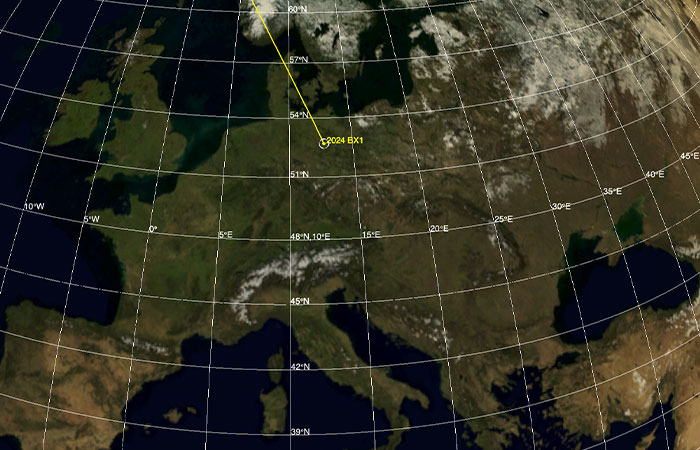
Image credits:NASA Jet Propulsion Laboratory
Most asteroids and comets have orbits that do not bring them very close to Earth, and they are only classed as dangerous if they come within 4.6 million miles and are larger than 460 feet, as per the Telegraph.

Image credits:YWNReporter
Thanks to my wonderful colleague@allplanetsI knew where and when to look for a#meteorcoming down over#Berlintonight. Here’s the video!pic.twitter.com/kBhGz6Ahir
Apophis was also predicted to get dangerously close to Earth in 2068, but experts have since revised their calculations and no longer see it as a risk.
Osiris-Apex, one of NASA’s spacecrafts, is currently headed to the asteroid to study the physical changes that will result from its close encounter with Earth.
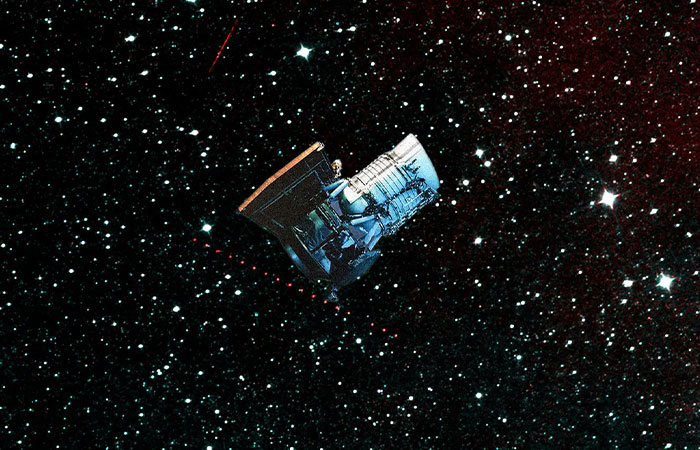
The asteroid “probably dropped some meteorites on the ground” as it zoomed through the atmosphere and broke apart, Denis Vida, a Ph.D. associate in meteor physics at Western University in Canada, wrote alongside the video. He clarified in an email to CBS News that the asteroid began to disintegrate about 50 kilometers, or about 30 miles, west of Berlin.
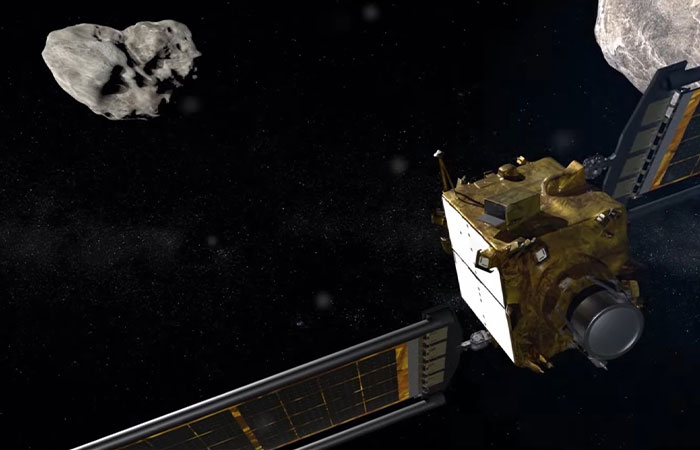
Image credits:Johns Hopkins Applied Physics Laboratory
Asteroids wiping out our civilization aren’t as likely as shown in Hollywood movies.
In fact, NASA has established aPlanetary Defense Coordination Office (PDCO), managed in the Planetary Science Division at NASA Headquarters in Washington, D.C.
The PDCO ensures the early detection of potentially hazardous objects (PHOs) – asteroids and comets whose orbits are predicted to bring them within 0.05 Astronomical Units of Earth (5 million miles or 8 million kilometers) and of a size large enough to reach Earth’s surface – that is: greater than approximately 30 to 50 meters.
NASA tracks and characterizes these objects and issues warnings about potential impacts, providing timely and accurate information. NASA also leads the coordination of the U.S. Government’s planning for response to an actual impact threat, theagencyexplained.
“It might be a blessing in disguise,” a reader quipped









 Lei RV
Lei RV
Karina Babenok
Renan Duarte
News